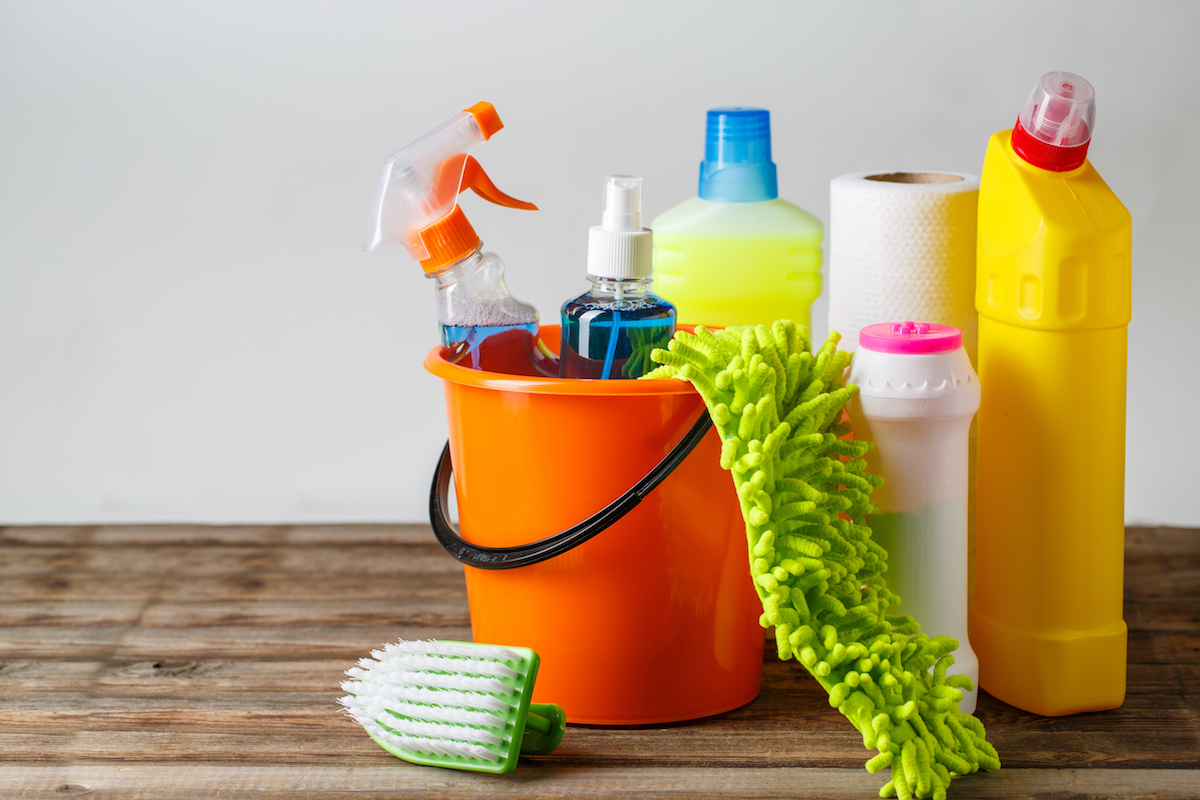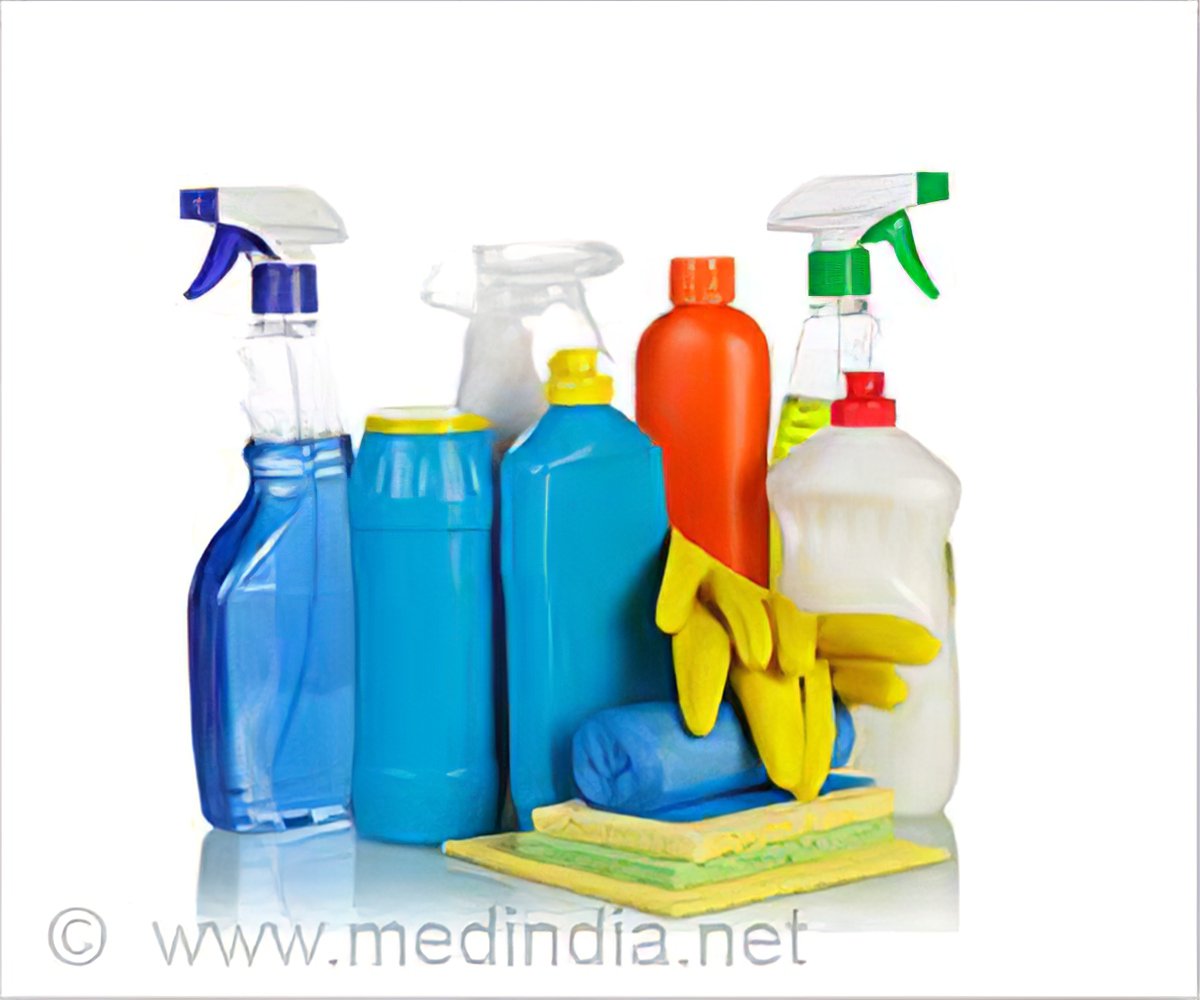Which of the Following Household Products Is Potentially Hazardous
All of the above Weegy. Household Hazardous Waste HHW EPA considers some leftover household products that can catch fire react or explode under certain circumstances or that are corrosive or toxic as household hazardous waste.
The 6 Most Toxic Household Chemicals Puroclean Canada Hq
ALL OF THE ABOVE.
. Which of the following household products is potentially hazardous. Hazardous Products in Your Home. ALL OF THE ABOVE.
Those non-stick pots and pans in your kitchen may make flipping your omelets easier but they could also be causing you serious harm in the long run. Non-Stick Pots and Pans. The contents of foggers can be flammable.
Question and answer. Which of the following household products is potentially hazardous. All of the above.
See Materials above Activity Procedure. Everyone uses hazardous chemicals in the home. Air fresheners may contain any of a number of dangerous chemicals.
Asked 330 days ago5302021 102229 PM. Updated 330 days ago5302021 113948 PM. Funding for the collection storage and disposal of household hazardous waste always comes directly from the individuals who generate the waste.
Bleach solvents and paint are potentially hazardous. Like insecticide and pet flea and tick products household foggers or bug bombs contain many of the same pesticide chemicals such as pyrethrins permethrin and methoprene. Many of these are considered hazardous waste and in most cases may not be disposed of in the dumpster landfill or sewer.
In fact research published in Environmental Health Perspectives suggests that exposure to PFOA a chemical used in non-stick cookware is linked to ovarian. Bleach solvents and paint are potentially hazardous. All of the above.
Products containing chlorine bleach or ammonia are reactive and will say on the back label do not mix. Which of the following statements best describes the relationship between the environment and human health. National Library of Medicine maintains TOXNET the Toxicology Data Network.
However in homes built prior to 1990 it may be found in plaster insulation boilers vinyl floor tile glazing compound pipe covers caulking compounds roofing materials drywall board and taping compounds flooring many adhesives fireproofing insulation and exterior siding materials. If these products are accidentally mixed they produce toxic gases. Common Safer Substitutes for Hazardous Household Products Estimated Time.
While non-stick cookware can save you some cleaning time it comes at a cost. When these chemicals are no longer needed they are classified as household hazardous waste. All of the above bleach solvents and paint is potentially hazardous.
Bleach solvents and paint are potentially hazardous. Hazardous Household Products p138 Hazardous Waste p140. Asbestos is rarely used today in home building materials.
Which of the following is a potentially harmful household product. When warning labels are ignored or chemicals fall into the wrong hands disaster can occur. Two 45-50 minute class periods Background Information.
Products such as paints cleaners oils batteries and pesticides can contain hazardous ingredients and require special care when you dispose of them. Which of the following household products is potentially hazardous. Ammonia is found in a variety of household cleaners kitchen bathroom floor oven glass and polishers.
Are Household Cleaners Hazardous. In a home the most common reactive products are chlorine bleach and ammonia. Support of household hazardous waste management is an avenue for industries to paint themselves as community leaders and defenders of the environment.
These can cause skin irritation respiratory problems and headaches. Most of us live with dangerous poisons lurking in kitchen cabinets bathrooms basements or garages. There are many different kinds of hazardous reactions.
Be sure to fully evaluate waste materials and contact the appropriate. Exposure to these chemicals could cause burning in your eyes or your skin or can result in breathing problems. Ac-cording to national estimates each home gener-.
Inventory of Potentially Hazardous Household Products Handout. Softeners work by coating your clothes with a thin layer of potentially toxic chemicals such as quantenary ammonium salts. Log in for more information.
When spilled or leaked most of these materials need to be disposed of as hazardous waste. Products such as paints cleaners oils batteries and pesticides can contain hazardous ingredients and require special care when you dispose of them. Formaldehyde irritates the lungs and mucous membranes and may cause cancer.
ALL OF THE ABOVE. A bleach B cosmetics C paint D solvents E all of the above. All of the above Weegy.
If the product is at least 5 ammonia it has to be labeled as poisonous. The following is a list of hazardous materials or items that may contain hazardous materials. Household Hazardous Waste HHW EPA considers some leftover household products that can catch fire react or explode under certain circumstances or that are corrosive or toxic as household hazardous waste.
According to TOXNET short-term exposure to. Which of the following statements best describes the relationship between the environment and human health. This answer has been confirmed as correct and helpful.
These include products such as household clean-ers paints and solvents pesticides automotive products hobby supplies and batteries. Heres a list of some of the most dangerous household chemicals including the ingredients to watch for and the nature of the risk. Petroleum distillates are flammable irritate the eyes.
Radon Gas Poisoning Prevention. Which of the following household products is potentially hazardous. Pool and spa chemicals.

Are Fumes From Everyday Household Products Dangerous Keck Medicine Of Usc


No comments for "Which of the Following Household Products Is Potentially Hazardous"
Post a Comment